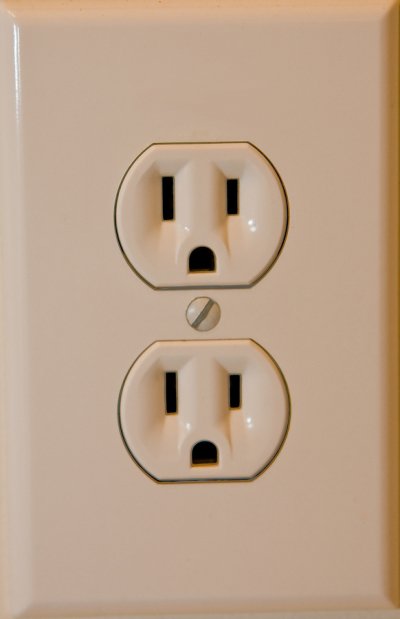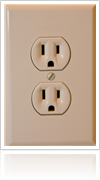Your circuit breakers are designed to ensure the safety of yourself and your family. When your home experiences a power surge, your circuit breaker will automatically shut off power to a certain area of your home. When you are building or remodeling your home , you may need to place new outlets on your electric panel. By hiring an electrician serving San Jose, you can ensure that your electrical wiring is performed safely and in accordance to electrical code. To provide you with an inside look at some of the important services offered by an electrician, here is an overview of the process of placing outlets on a 20 amp electrical circuit.

Determining Breaker Load
The first step of placing outlets on a 20 amp electrical circuit is to determine the allowable breaker load. The breaker load stands for the total amount of electricity that the circuit can handle before it becomes overloaded. As a general rule, a breaker can handle up to eighty percent of its rating. This means that the total load on a 20 amp circuit should be no more than 16 amps.
Balancing the Load
Once the total allowable load has been determined, the next step is to decide which appliances and lights should be plugged into the circuit. To ensure the safety and performance of the circuit, it is a good idea to strike a balance between lights and outlets. This will ensure that the circuit does not become overloaded.
Assigning Each Receptacle
Another way to prevent an overloaded circuit is to make sure that each receptacle is properly balanced. On a 20 amp circuit, this means that each receptacle should draw no more than 1.5 amps. These receptacles can be connected to fixtures and appliances using 12-guage wire. With the services of an electrician, you can ensure that your 20 amp circuit is properly set up.


